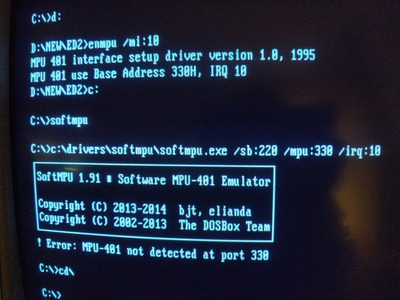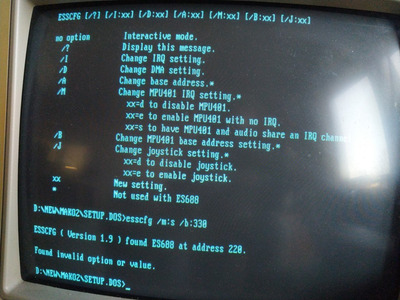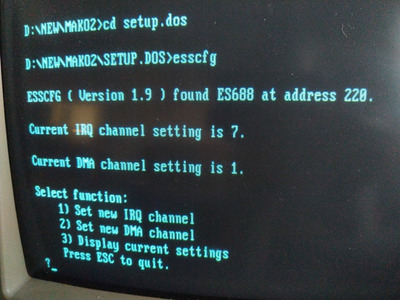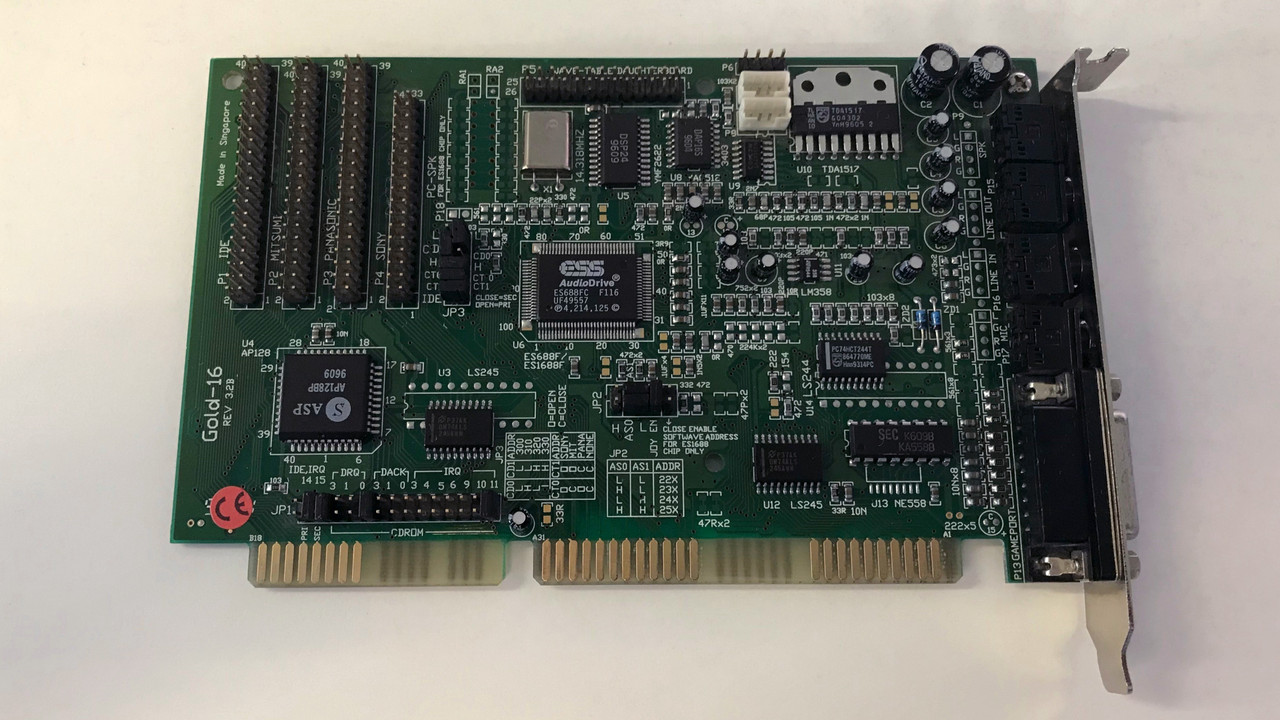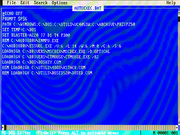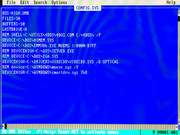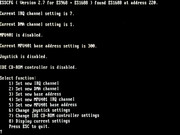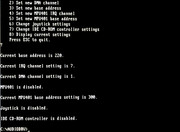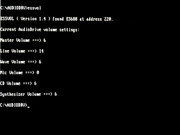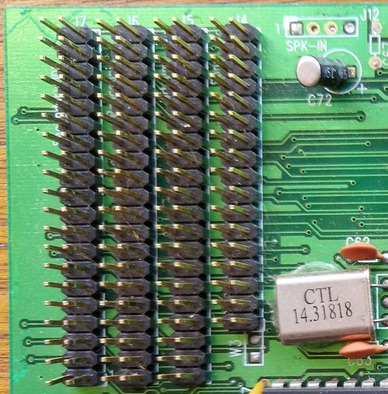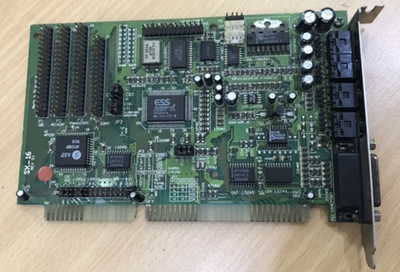Thanks,Pierre32, this was a huge help 😀
I'm hoping to figure out how to enable the IDE-CDROM on this card.
Regarding the block 2 jumpers, it makes sense as you say, that they control CDROM-configuration.
On my card, which looks identical , but has a sticker underneath saying "Ultra products, 12/1995", as well as empty solder pads in place of LS-212, there are labels near the CD-ROM headers.
Perhaps that's also the case with your card, I couldn't tell from the picture.
These labels say, going from card rear to card front (right to left), Sony, Mitsumi, Panasonic, and Secondary IDE.
My card has all the jumpers in block 2 set to the lower position (touching the white line), like yours.
According to Re: Where to find Jumper settings for Audio Drive ES688, which lists jumper settings for another ES688 with the same four CDROM-headers, there is a large number of potential settings to configure by jumpers.
On this card there are few jumpers, compared to that other ES688-card mentioned. We could perhaps deduce what the jumpers must represent, by considering which configuration options are required as a bare minimum.
There is no selection of IDE base address, it's always 170h, as that is indicated by the label "Secondary IDE", so that accounts for one of the "missing" jumpers.
We know that CDROM-type must be one of them. I see Sony & Mitsumi grouped together as the same setting on other cards, so at least three values to choose from are required here.
Non-IDE io base address should be one of the jumpers, given that is unpractical to have no choice here. You would need at least two values to choose between. I see some other cards given the selection of either 320 or 340.
It seems that non-IDE CDROM requires DRQ/DACK, which should have the same value, and is a DMA address (1/2/3), so that takes three values.
An IRQ is perhaps required? Or would it be possible to do without by polling the io ports? I'm guessing required.
The other card used two three-pin jumpers for non-IDE IRQ, and one for IDE. That brings us down to zero remaining jumpers.
My guess then is (using letters as I can't infer which jumpers are which):
2-pin A: IDE IRQ (14/15)
2-pin B: non-IDE io base address (320/340)
3-pin C: non-IDE DRQ/DACK (1/2/3)
3-pin D: non-IDE IRQ (9/10/11)
3-pin E: CD-ROM type (Mitsumi & Sony, Panasonic, IDE)
Hope this can be of use, perhaps for others to build upon.
I don't know how to initialize the CDROM-controller, there is perhaps a driver/sys-file I can load from config.sys?
